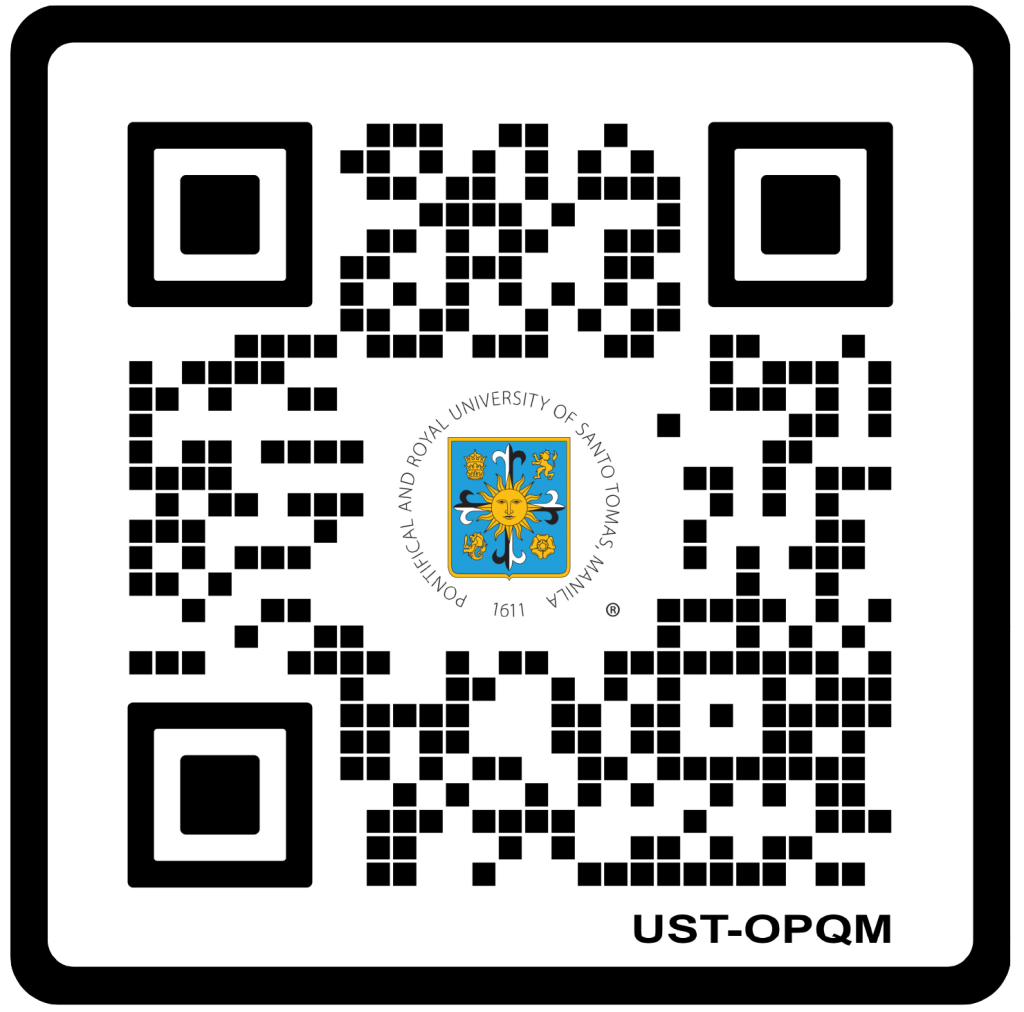The research tandem of Assoc. Prof. Bernhard Egwolf, Dr. rer. nat. and Dominican biologist fr. Nicanor Austriaco, O.P., PhD, SThD introduces the UST CoV-2 Model, an epidemiological model to predict the future behavior of the COVID-19 in Metro Manila.
Adapting the DELPHI model from the Massachusetts Institute of Technology, Egwolf and Austriaco studied available data on the National Capital Region from the Department of Health’s issuances and offered the following observations:
ECQ helped cushion COVID-19 impact on NCR
The Enhanced Community Quarantine (ECQ) “appears to have limited the impact of the pandemic in Metro Manila by significantly lowering the total number of COVID-19 cases and the total number of deaths.” Comparing Metro Manila and New York City, which implemented lockdowns five days apart, the Metro Manila lockdown can be considered more effective in terms of saving thousands of lives, with 621 total deaths in NCR compared to the 16,232 deaths in New York City.
Flattening the first curve?
While the curve seems to be flattening with the gradual decline of cases from the peak in early May, the ECQ is still “struggling to suppress the pandemic, i.e., to drive the number of infected cases down to zero. At this rate, the model predicts that the total number of cases in Metro Manila will continue to increase gradually and will not plateau for many months, though the forecasted number of active cases will also be decreasing.” Should ECQ be maintained, Egwolf and Austriaco predicted, the number of active COVID-19 cases “will not fall below 1,000 cases until early September 2020.”
Comparing NCR cities
The study also found that Makati, Mandaluyong, and Parañaque have been more successful in suppressing the community spread of COVID-19 than Manila and Quezon City. “It is not clear why the ECQ has not been as effective in both the City of Manila and Quezon City as it has been in their neighboring municipalities.” The two researchers suggested increased efforts in these two cities by public health authorities.
What happens if we shift to GCQ?
Should GCQ be implemented on June 1, the forecasted numbers of infected cases and deaths in NCR may increase, but this can be “offset with a rigorous tracking, testing, and tracing program that seeks to limit community spread by breaking chains of viral transmission.” Egwolf and Austriaco recommend that “that tracking, testing, and tracing programs in Metro Manila focus their efforts on limiting the impact of superspreading events (SSEs) which are associated with both explosive growth early in an outbreak and sustained transmission in later stages.”
How much do we test and trace?
On the issues of testing and tracing, Egwolf and Austriaco cited the work of Harvard University scholars in proposing the ratio of tests and contact tracing per COVID-19 death per day. With the May 22, 2020 seven-day running average of six COVID-19 deaths in NCR per day, the NCR will need a testing capacity of 15,000 tests per day, complemented by 1,800 contact tracers working in call centers. These combined efforts will help curb the pandemic, and the capacities must respond to the severity of the pandemic in each area.
On the issue of testing, the researchers propose the adoption of mobile COVID-19 testing facilities, such as the one being developed by the UST College of Science and Faculty of Engineering, which may help increase the number of tests conducted in the different LGUs.
The figures and explanations of the study can be accessed via this link. Meanwhile, the full paper, entitled “Mobility-Guided Modeling of the COVID-19 Pandemic in Metro Manila,” is currently under review for publication in a peer-reviewed journal.
Egwolf is a researcher of the Research Center for Natural and Applied Sciences and teaches Physics in the College of Science. Meanwhile, Austriaco is a fellow of the Center for Religious Studies and Ethics. He is also a Professor of Biology and of Theology at Providence College, Rhode Island.




